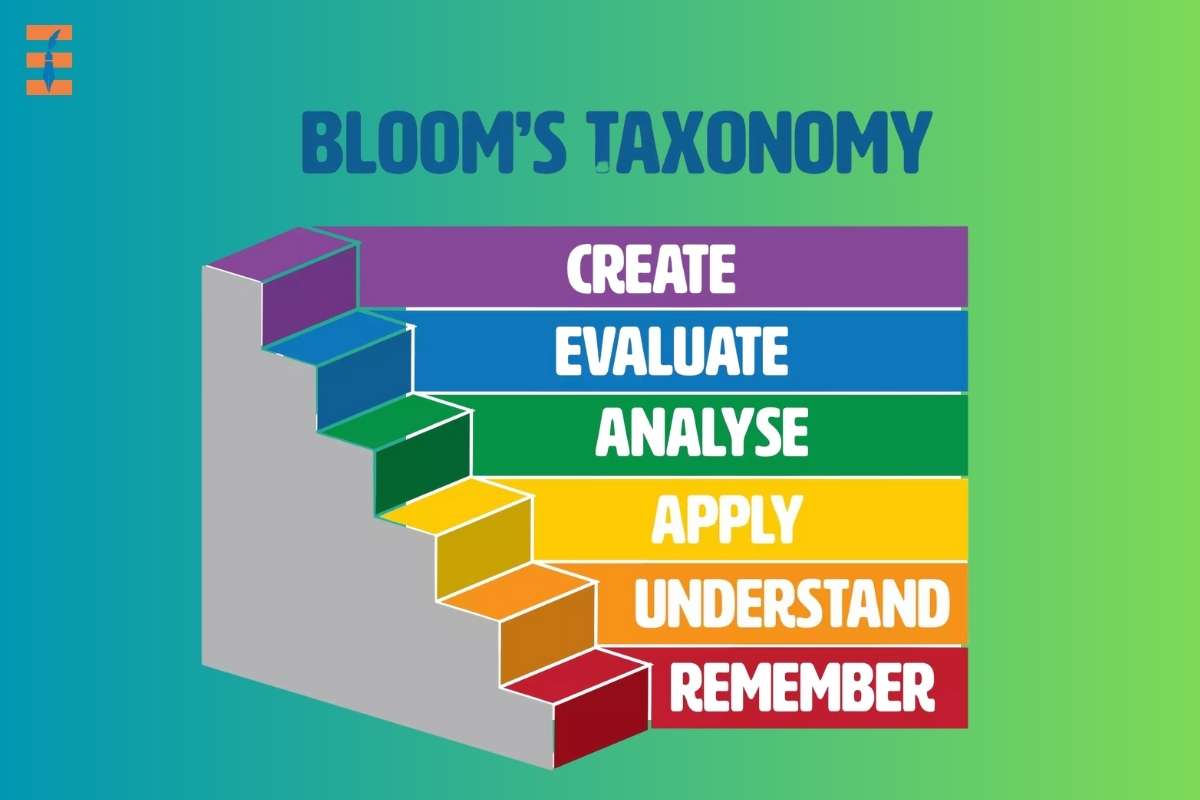Effective questioning is a powerful pedagogical tool that can transform the way we teach and learn. Instead of relying on traditional methods of imparting knowledge through lectures and didactic teaching, the art of asking thought-provoking questions can stimulate critical thinking, encourage active participation, and foster a deeper understanding of the subject matter. In this article, we will explore the concept of effective questioning in education, its benefits, and practical strategies for incorporating it into the teaching and learning process.
The Power of Effective Questioning
Effective questioning involves the skillful use of open-ended, thought-provoking, and well-crafted questions to engage students in the learning process actively. This approach stands in stark contrast to the more traditional method of teaching, where information is often delivered in a one-way manner, leaving little room for active participation and interaction.
Here are some compelling reasons why effective questioning is a valuable teaching strategy:
1. Encourages Critical Thinking
Effective questions challenge students to think deeply and critically about the subject matter. When students are presented with open-ended questions that require them to analyze, evaluate, and synthesize information, they are more likely to develop critical thinking skills.
2. Promotes Active Participation
Instead of passively receiving information, students become active participants in the learning process when they are encouraged to answer questions, engage in discussions, and share their ideas. This active involvement leads to a deeper understanding of the material.
3. Enhances Retention
Research shows that students are more likely to remember and retain information when they are actively engaged in the learning process. Effective questioning helps reinforce the material, making it more likely to be retained long-term.
4. Fosters a Growth Mindset
When students are encouraged to ask questions and engage in discussions, they are more likely to develop a growth mindset, believing that their abilities and intelligence can be developed through effort and learning. This can lead to increased motivation and resilience in the face of challenges.
5. Builds Communication Skills
Effective questioning promotes effective communication skills, as students learn to articulate their thoughts and ideas clearly. This skill is valuable not only in the classroom but also in real-world situations.
Also Read: 7 Essential Questions About AI for Teachers to Consider
10 Practical Strategies for Effective Questioning:

To incorporate effective questioning into your teaching approach, consider these practical strategies:
1. Start with the End in Mind
Before the lesson begins, determine the learning objectives and the key concepts you want to convey. Tailor your questions to align with these objectives to ensure that your questions are relevant and purposeful.
2. Use Open-Ended Questions
Instead of asking yes-or-no questions, focus on open-ended questions that require students to think critically and provide more elaborate responses. For example, ask questions that start with “Why,” “How,” or “What if.”
3. Sequence Questions Appropriately
Begin with easier, more factual questions to build students’ confidence and then progress to more complex, analytical questions. This sequencing helps scaffold their learning and guides them to a deeper understanding.
4. Encourage Discussion
Foster a classroom environment where students feel comfortable sharing their thoughts and engaging in discussion. Encourage peer-to-peer interaction, as this can lead to richer insights and a broader perspective.
5. Allow Wait Time
After posing a question, give students adequate time to think and formulate their responses. Research shows that providing a “wait time” of several seconds can lead to more thoughtful answers.
6. Adapt to Student Responses
Be flexible in your approach. If a student’s response deviates from your expectations, use it as an opportunity to explore different perspectives and encourage critical thinking.
7. Use Socratic Questioning
Socratic questioning is a method of questioning that encourages self-examination and critical thinking. It involves asking a series of probing questions to delve deeper into a topic. This method can be particularly effective for exploring complex subjects.
8. Incorporate Technology
Utilize technology, such as clickers or online polling tools, to engage students and gather their responses. This can add an element of interactivity to your teaching.
9. Provide Feedback
Offer constructive feedback on students’ answers, whether they are correct or incorrect. This feedback can help them refine their thinking and understanding.
10. Reflect and Adjust
After each lesson, reflect on the effectiveness of your questioning techniques. Were the questions engaging? Did they lead to meaningful discussions? Use this feedback to refine your approach for future lessons.
The Role of Bloom’s Taxonomy

To create effective questions, it can be helpful to consider Bloom’s Taxonomy, a framework that categorizes cognitive skills into different levels. These levels can guide you in formulating questions that target specific learning outcomes:
1. Knowledge
Questions at this level aim to assess students’ ability to recall information. They often begin with phrases like “What is…?” or “Can you list…?”
2. Comprehension
These questions focus on understanding and interpreting information. They often start with phrases like “Can you explain…?” or “How would you summarize…?”
3. Application
Questions at this level require students to apply their knowledge to solve problems or situations. They typically start with phrases like “How would you use…?” or “Can you demonstrate…?”
4. Analysis
These questions involve breaking down information into its component parts and examining the relationships between them. They often start with phrases like “What are the main components of…?” or “How are these two concepts related…?”
5. Evaluation
Evaluation questions ask students to assess the quality or value of something. They often begin with phrases like “Do you agree with…?” or “How would you justify…?”
6. Synthesis
At the highest level of Bloom’s Taxonomy, synthesis questions require students to create something new by combining different elements. They often start with phrases like “Can you design…?” or “What would happen if you combined…?”
By aligning your questions with the appropriate level of Bloom’s Taxonomy, you can guide students to engage with the material at different cognitive levels and progressively deepen their understanding.
Challenges and Considerations

While effective questioning is a valuable teaching strategy, it is not without its challenges. Here are some considerations to keep in mind:
1. Student Participation
Some students may be hesitant to speak up in class or may not feel confident in their ability to answer questions. It’s important to create a supportive and inclusive classroom environment to encourage all students to participate.
2. Time Management
Effective questioning can be time-consuming, as it often involves open-ended discussions. It’s important to balance the use of questioning with other instructional methods and ensure that you cover the necessary content.
3. Assessment
Traditional assessment methods, such as multiple-choice tests, may not effectively measure the learning outcomes achieved through effective questioning. Consider alternative assessment strategies, such as project-based assessments, to align with your teaching approach.
4. Question Quality
Crafting high-quality questions requires practice and skill. It’s essential to continually refine your questioning techniques to maximize their effectiveness.
5. Cultural Sensitivity
Be mindful of cultural and linguistic differences among your students. Ensure that your questions are accessible and inclusive to all learners.
Conclusion
Effective questioning is a powerful tool that can transform the teaching and learning process. By shifting from a didactic, one-way approach to a more interactive and engaging method, educators can foster critical thinking, active participation, and deeper understanding among their students. By using open-ended questions, sequencing questions appropriately, and adapting to student responses, teachers can create a dynamic and enriching learning environment. Additionally, the use of Bloom’s Taxonomy can help guide the formulation of questions that target specific learning outcomes.










